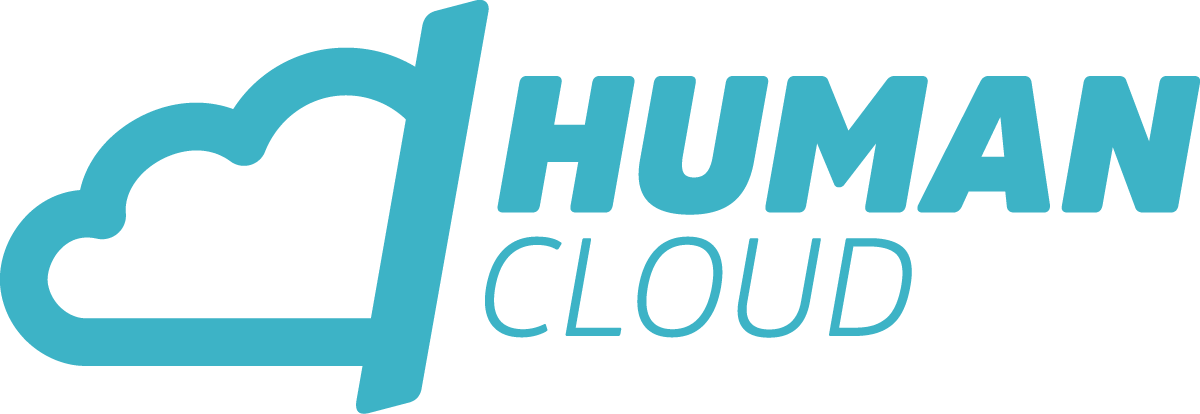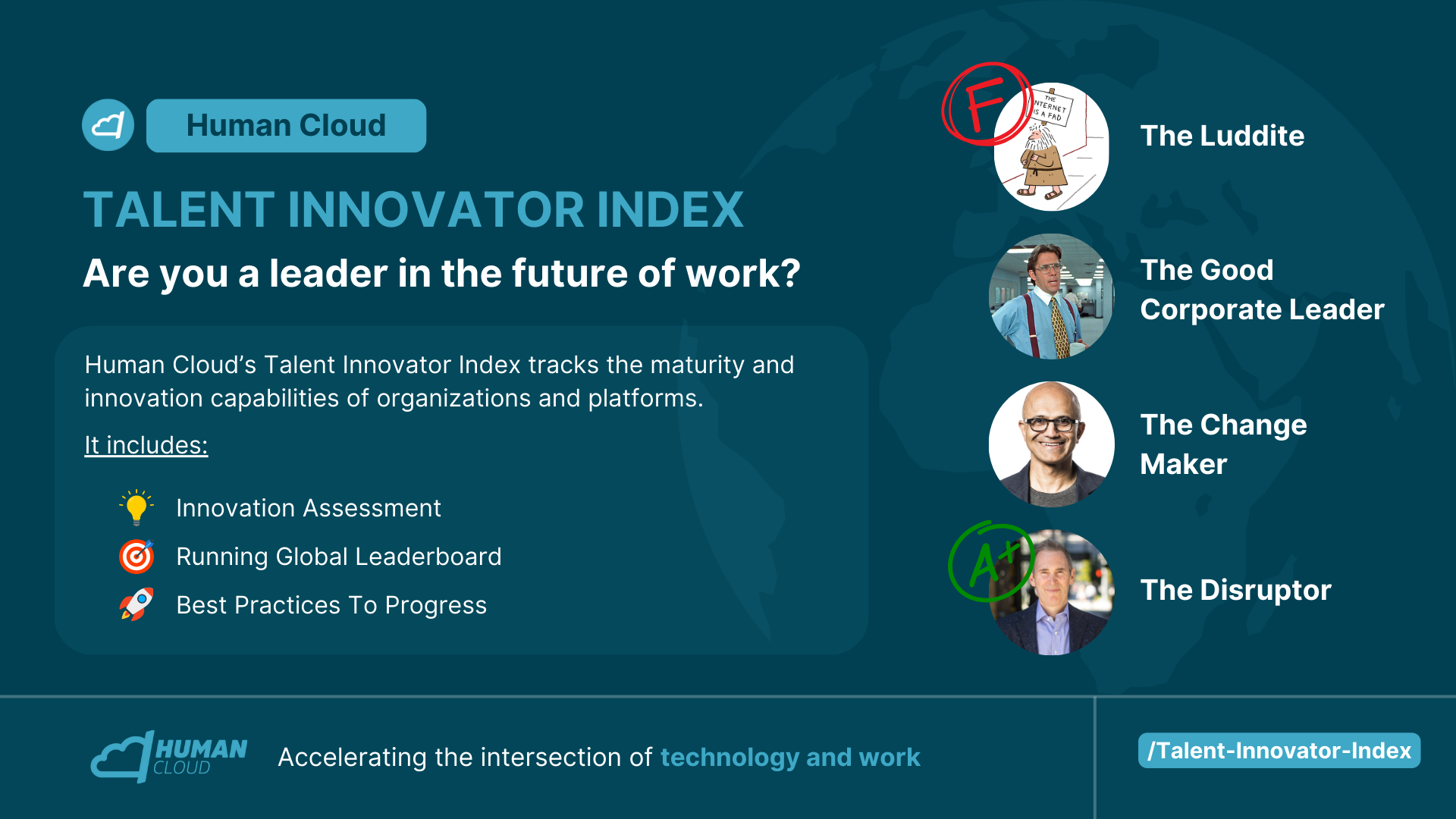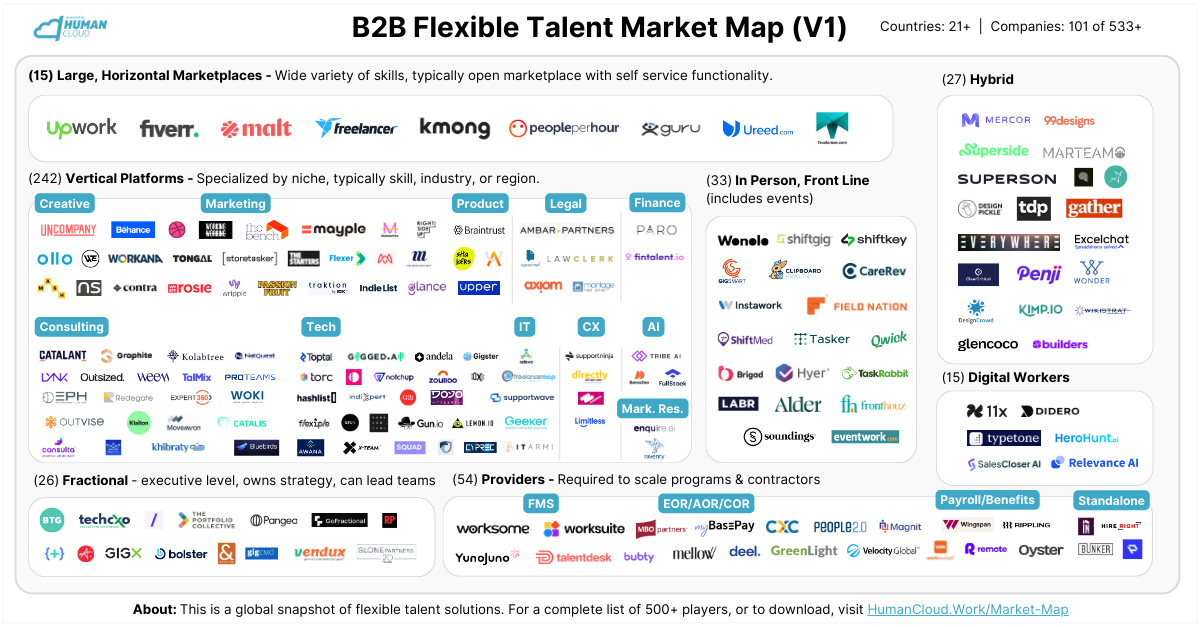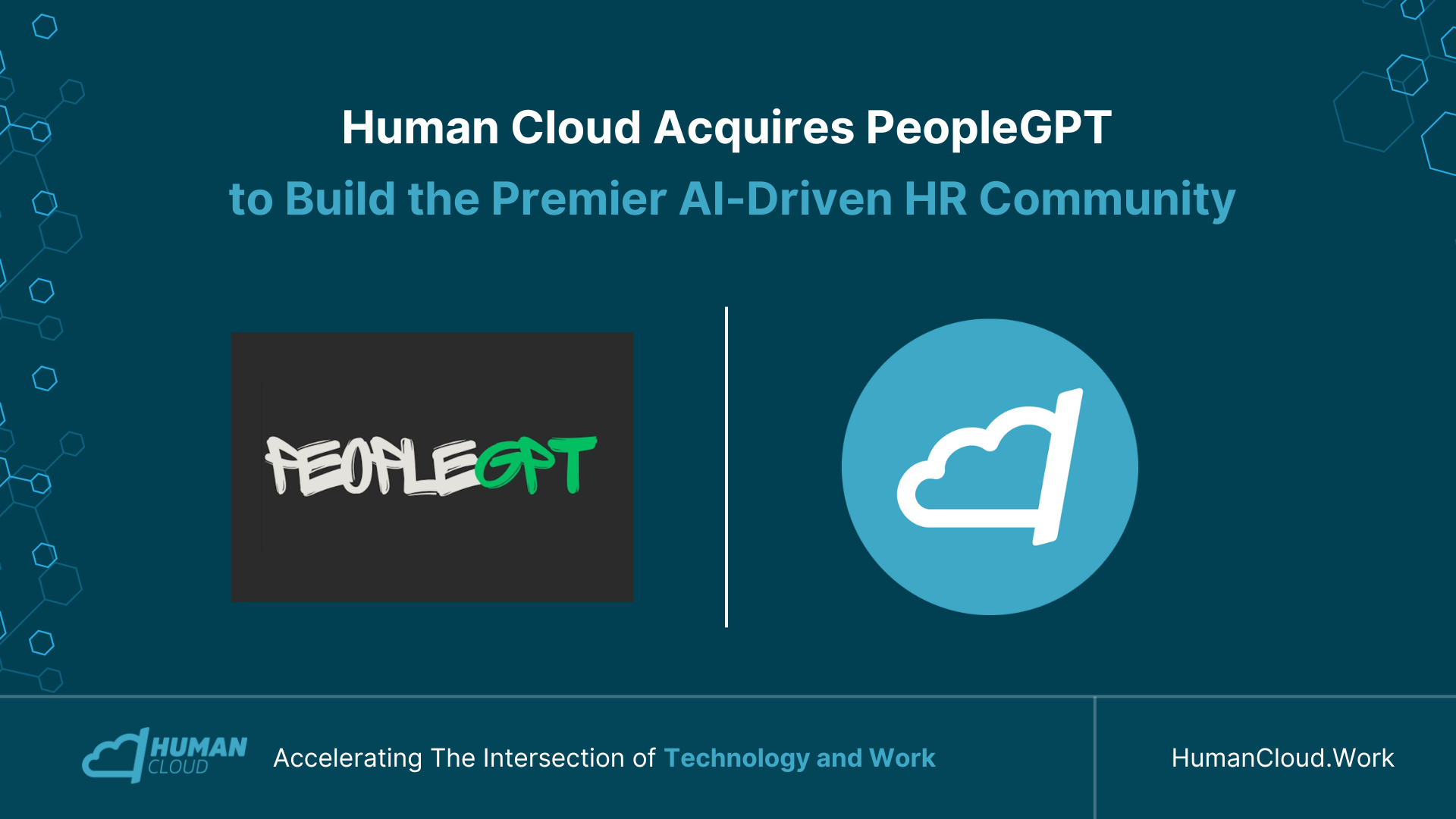The State and Future of HR In 2025

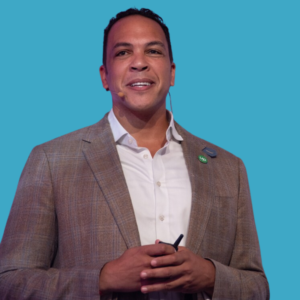
Tony Buffum
Share this!
Subscribe to Human Cloud Insights
2024 brought an unexpectedly strong economy, resulting in a persistently tight labor market. GDP growth is expected to finish at 2.7%, following a 2.5% increase in 2023 and building upon 2022’s 1.94%.
Unemployment stayed low, ending the year at 4.1% – a remarkable number that continues to defy expectations. Combined with a slowing inflation rate, the Federal Reserve appears closer to achieving the elusive “soft landing” many doubted was possible.
These macroeconomic shifts set the stage for what’s happening in the talent market – and what they mean for HR leaders navigating this landscape.
Technology and Talent Disruption
Generative AI (GenAI) emerged as the true disruptor in 2024, altering the expectations around productivity and reshaping roles in fields like engineering, software development, and design. More than just a new tool, GenAI has driven a much-needed shift toward skills-based role design and talent sourcing
For example, HR departments at innovative organizations are using GenAI to improve everything from candidate sourcing to performance evaluations.
The Growing Shift to Independent Work
In parallel, the workforce is increasingly embracing freelance and independent work over traditional employment. Platforms facilitating remote and independent work have surged, catering to professionals seeking flexibility and higher autonomy. This trend is accelerating despite the “return-to-office” debate, showing that workers prioritize independence even over hybrid or in-person arrangements.
The Lag in HR’s Digital Transformation
While HR departments have adopted new tools for recruiting, administrative tasks, and employee engagement, they remain behind compared to other departments when it comes to full digital transformation. In many organizations, HR’s approach to adopting GenAI and other digital tools is reactive rather than strategic.
While we’ve seen that some companies are exploring GenAI-powered solutions, such as chatbots and employee experience platforms, many HR leaders hesitate to implement these tools broadly due to concerns about compliance and job displacement.
However, this hesitation has a cost: HR teams that fail to adapt risk becoming a bottleneck to business agility, making it difficult to respond quickly to talent demands and workforce shifts. Organizations that lag behind in digital transformation may experience higher attrition, reduced productivity, and slower hiring cycles.
2025 Trends and Policy Shifts
As we move into 2025, several external factors will continue to reshape the future of work. The U.S. is expected to ease regulations on independent work while tightening immigration policies – both of which could significantly impact talent availability. Meanwhile, global organizations need to navigate evolving compliance regulations, particularly in regions like the EU, where worker protections remain stringent.
At the same time, technological innovation is accelerating at a pace that will require HR leaders to rethink traditional processes and embrace agile, skills-based workforce models. Those who can adapt quickly will have a competitive edge – not just in hiring, but in driving business growth.
Actionable Steps for HR Leaders
To stay ahead of these trends, HR leaders must take deliberate steps toward embracing GenAI and building an adaptive talent strategy.
Here’s how HR teams can start:
Audit Your Talent Needs Through a Skills-Based Lens
Identify the roles within your organization most affected by automation and emerging technologies. Work with department heads to map out the key skills needed for these roles and evaluate ‘skill-sourcing’ options in addition to traditional talent sourcing strategies. This will help identify and deploy necessary and in-demand talent much faster and at lower overall cost.
Develop Responsible AI Guidelines… and Get Started!
Establish clear policies around the ethical use of AI in hiring, performance management, and employee engagement. The key is to focus on transparency and fairness. For inspiration, check out Gartner and CAHRS (Cornell’s Center for Advanced HR Studies) AI governance framework. Then get to work experimenting with GenAI on a daily basis. Familiarity will breed comfort and understanding, enabling creativity and innovation in your own activities. That can help make new tools less intimidating or daunting.
Embrace Hybrid and Distributed Work Models
Reimagine how roles can be filled by a mix of full-time, freelance, and project-based workers to increase agility. This Talent Access approach shifts the focus from fixed roles to flexible capabilities. Read more from MIT Press.
Prioritize High-Impact Technology Investments
Avoid chasing new tools just for the sake of novelty. Instead, identify areas where technology can deliver measurable outcomes, such as improving candidate time-to-hire or streamlining onboarding processes. Gartner’s guidance on prioritizing HR tech investments offers a roadmap for balancing innovation with practicality.
The Human Cloud Advantage
The journey to an agile, future-ready HR function isn’t easy – but you don’t have to do it alone. Human Cloud provides the expertise and support you need to build a more flexible, productive workforce. Whether you’re navigating GenAI adoption or redesigning your talent strategy, we can help you achieve success.
Connect with Human Cloud today to learn how we can help your organization thrive in 2025 and beyond!
